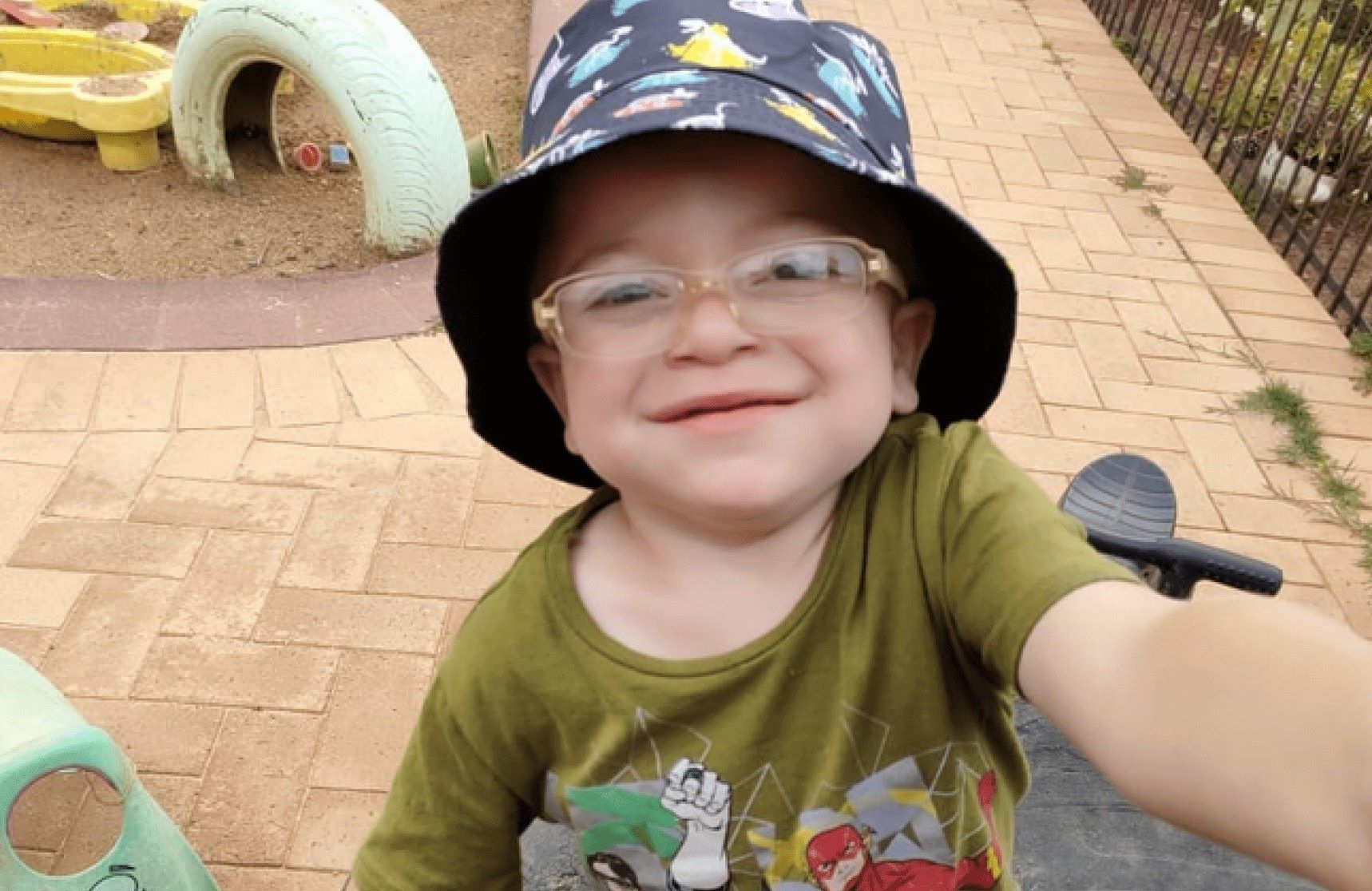
Scheie Syndrome, also known as Mucopolysaccharidosis Type I-S (MPS I-S), is a rare genetic disorder that affects the body's ability to break down certain complex carbohydrates. This condition is part of a group of diseases called lysosomal storage disorders. Symptoms often include joint stiffness, heart valve abnormalities, and corneal clouding. Unlike other forms of MPS I, Scheie Syndrome typically presents milder symptoms and a later onset, usually in childhood or adolescence. Early diagnosis and treatment are crucial for managing symptoms and improving quality of life. Understanding the genetics behind Scheie Syndrome can help families and healthcare providers make informed decisions about care and support.
Key Takeaways:
- Scheie Syndrome is a rare genetic disorder that affects the body's ability to break down certain complex carbohydrates, leading to joint stiffness, heart valve abnormalities, and vision impairment.
- Early diagnosis and ongoing medical care, along with treatments like enzyme replacement therapy and physical therapy, can help manage symptoms and improve the quality of life for individuals living with Scheie Syndrome.
What is Scheie Syndrome?
Scheie Syndrome, also known as Mucopolysaccharidosis type I-S (MPS I-S), is a rare genetic disorder. It affects the body's ability to break down certain complex carbohydrates. This condition can lead to various physical and sometimes mental symptoms.
-
Scheie Syndrome is a subtype of MPS I: MPS I has three subtypes: Hurler, Hurler-Scheie, and Scheie. Scheie is the mildest form.
-
Caused by a deficiency in the enzyme alpha-L-iduronidase: This enzyme helps break down glycosaminoglycans (GAGs). Without it, GAGs build up in cells, causing damage.
-
Symptoms usually appear in late childhood or adolescence: Unlike other MPS I subtypes, symptoms of Scheie Syndrome often manifest later in life.
Symptoms of Scheie Syndrome
Symptoms can vary widely among individuals. Some may experience mild issues, while others face more severe complications.
-
Joint stiffness and pain: Many individuals with Scheie Syndrome experience joint problems, making movement difficult.
-
Carpal tunnel syndrome is common: This condition causes numbness and tingling in the hands and fingers.
-
Heart valve abnormalities: Heart problems, such as valve thickening, are frequent in those with Scheie Syndrome.
-
Corneal clouding affects vision: The buildup of GAGs can cause the corneas to become cloudy, impairing eyesight.
-
Hearing loss: Many people with Scheie Syndrome experience hearing difficulties.
Diagnosis and Testing
Early diagnosis can help manage symptoms more effectively. Various tests are used to confirm Scheie Syndrome.
-
Enzyme assay tests measure alpha-L-iduronidase activity: Low levels of this enzyme indicate MPS I.
-
Genetic testing identifies mutations in the IDUA gene: This gene mutation causes Scheie Syndrome.
-
Urine tests detect elevated levels of GAGs: High GAG levels in urine can suggest MPS I.
Treatment Options
While there is no cure for Scheie Syndrome, treatments can help manage symptoms and improve quality of life.
-
Enzyme replacement therapy (ERT): ERT can help reduce GAG buildup in the body.
-
Physical therapy improves joint mobility: Regular exercises can help maintain flexibility and reduce pain.
-
Surgical interventions may be necessary: Some individuals require surgery for heart valve issues or carpal tunnel syndrome.
-
Pain management strategies: Medications and other therapies can help alleviate pain.
Living with Scheie Syndrome
Living with Scheie Syndrome involves ongoing medical care and lifestyle adjustments.
-
Regular check-ups are essential: Frequent visits to healthcare providers help monitor and manage symptoms.
-
Support groups offer emotional and practical help: Connecting with others who have Scheie Syndrome can provide valuable support.
-
Adaptive devices can improve daily life: Tools like hearing aids or mobility aids can enhance independence.
-
Diet and exercise play a role: A healthy lifestyle can help manage symptoms and improve overall well-being.
Research and Future Directions
Ongoing research aims to find better treatments and, hopefully, a cure for Scheie Syndrome.
-
Gene therapy shows promise: Scientists are exploring ways to correct the genetic mutation causing Scheie Syndrome.
-
New enzyme replacement therapies are being developed: Researchers are working on more effective ERT options.
-
Clinical trials offer hope: Participating in trials can provide access to cutting-edge treatments.
Interesting Facts about Scheie Syndrome
Here are some lesser-known facts about this rare condition.
-
Named after Dr. Harold Scheie: The syndrome is named after the ophthalmologist who first described it.
-
Part of a larger group of lysosomal storage disorders: Scheie Syndrome is one of many disorders caused by enzyme deficiencies.
-
Affects both males and females equally: There is no gender predisposition for Scheie Syndrome.
-
Inheritance pattern is autosomal recessive: Both parents must carry the mutated gene for a child to be affected.
-
Carrier parents have a 25% chance of having an affected child: Each pregnancy has this risk if both parents are carriers.
-
Prenatal testing is available: Expectant parents can test for the condition during pregnancy.
-
Life expectancy varies: With proper management, individuals with Scheie Syndrome can live into adulthood.
-
Awareness and education are crucial: Understanding the condition helps improve diagnosis and treatment.
Final Thoughts on Scheie Syndrome
Scheie Syndrome, a rare genetic disorder, affects many aspects of a person's life. Understanding the symptoms, causes, and treatment options can help those diagnosed manage their condition better. Early diagnosis and intervention are crucial for improving quality of life. While there's no cure, treatments like enzyme replacement therapy and physical therapy can alleviate some symptoms.
Raising awareness about Scheie Syndrome is essential. It helps in early detection and encourages research for better treatments. If you or someone you know shows signs of this condition, consult a healthcare professional. Knowledge and proactive care can make a significant difference.
Stay informed, support those affected, and advocate for more research. Together, we can improve the lives of those living with Scheie Syndrome.
Frequently Asked Questions
Was this page helpful?
Our commitment to delivering trustworthy and engaging content is at the heart of what we do. Each fact on our site is contributed by real users like you, bringing a wealth of diverse insights and information. To ensure the highest standards of accuracy and reliability, our dedicated editors meticulously review each submission. This process guarantees that the facts we share are not only fascinating but also credible. Trust in our commitment to quality and authenticity as you explore and learn with us.


